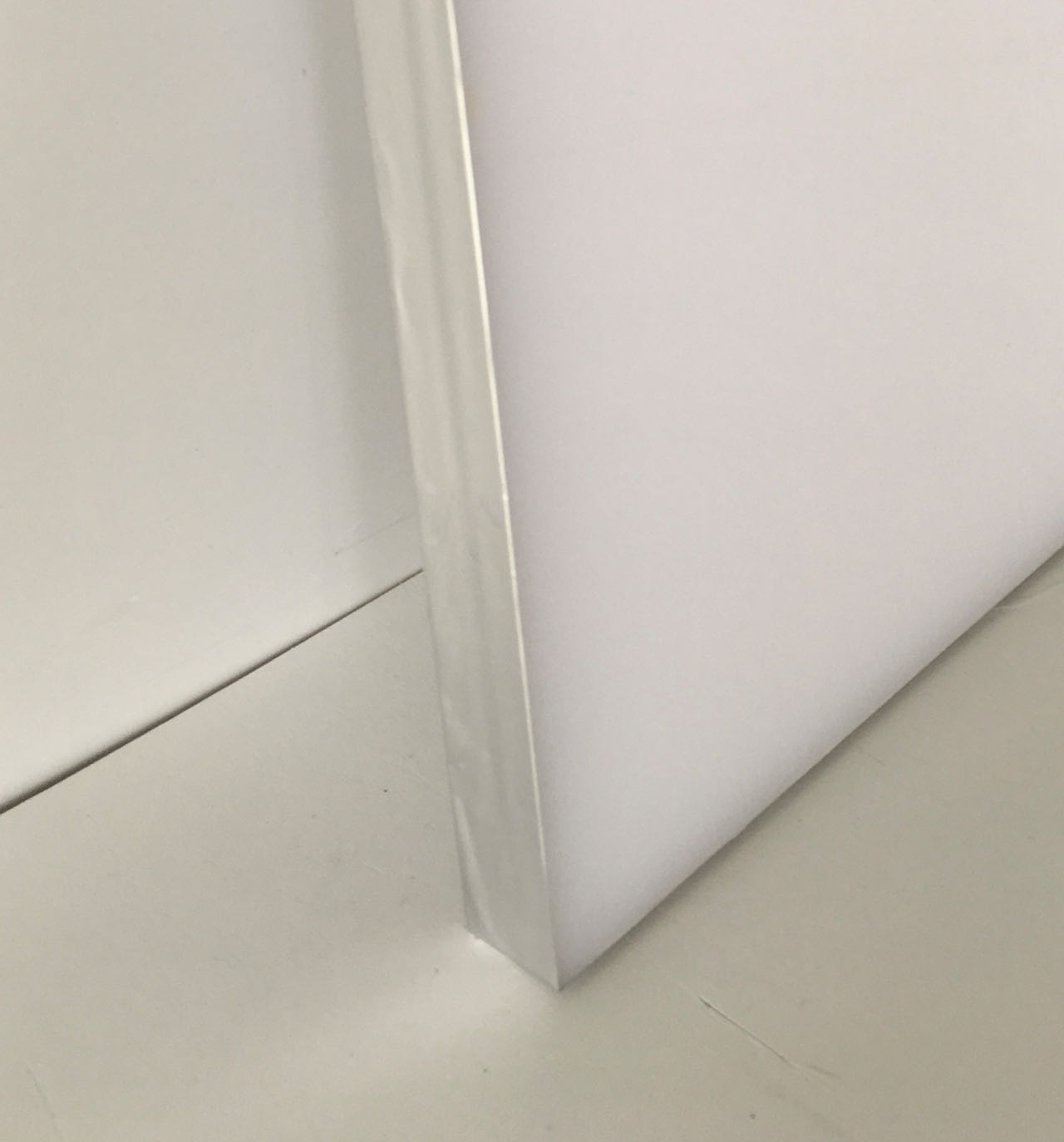Configuring Diffuser, Backboard, and Acrylic for Safe Operation of Top-Mounted Light Panels
 Jan 14 , 2025 | Shanghai YIHUI Optoelectronic Technology Co., Ltd - Lighting Solution Provider
Jan 14 , 2025 | Shanghai YIHUI Optoelectronic Technology Co., Ltd - Lighting Solution Provider
When designing a top-mounted light panel, it's crucial to ensure that the light source, diffuser, backboard, and acrylic materials are carefully selected and configured to maximize safety, durability, and performance. In this article, we will explore how to configure the diffuser, backboard, and acrylic in such a way as to ensure the safe operation of the light panel.
1. Understanding the Components
Before delving into the specifics of their configuration, it's important to understand the roles of each component in a light panel:
Light Source: The light source, often LEDs, serves as the primary source of illumination.
Diffuser: The diffuser is responsible for spreading the light evenly across the surface of the panel, reducing glare and preventing hot spots.
Backboard: The backboard (or backing panel) provides structural support to the entire light panel and may also serve as a heat sink, helping to dissipate the heat generated by the light source.
Acrylic: Acrylic is typically used for the front panel, providing a smooth, clear, or frosted surface that protects the light source and the diffuser. It may also aid in further light diffusion.
2. Configuration for Safety
To ensure the safety of a top-mounted light panel, attention must be paid to the materials' fire resistance, heat dissipation properties, and overall structural stability. Below are some key considerations for each component:
Acrylic Panel:
Acrylic panels are commonly used due to their excellent light diffusion properties. However, to ensure safety, several factors need to be taken into account:
Fire-Resistant Acrylic: Choose an acrylic material that is fire-resistant or has a low flame spread rating. This reduces the risk of fire in case of electrical malfunction or overheating. UL-rated materials are generally recommended for safety.
Thickness and Durability: Ensure the acrylic is thick enough to withstand impacts and prevent cracking or shattering. Thicker acrylic also provides better heat insulation, preventing excessive heat transfer to the outside of the panel.
UV Protection: For applications exposed to sunlight or UV light, select acrylic that offers UV resistance. UV exposure can degrade the material over time, leading to brittleness or discoloration.
Diffuser:
The diffuser ensures that light is spread evenly across the panel's surface and helps eliminate hot spots. To configure the diffuser properly:
Material Choice: Choose a diffuser material that is both thermally stable and has excellent light diffusion properties. Materials like frosted polycarbonate or acrylic are ideal, but they must also have good resistance to heat.
Heat Dissipation: The diffuser should allow heat to escape from the light source to prevent overheating, which can lead to component failure. Proper ventilation or heat sinks may need to be incorporated behind the diffuser.
Fire Safety: Similar to the acrylic panel, the diffuser material should be fire-resistant. Polycarbonate is a commonly used material with good fire resistance properties, and it can be further enhanced with fire-retardant additives.
Backboard:
The backboard serves as the structural foundation of the light panel, and it also plays an essential role in heat management. A well-configured backboard can improve safety by ensuring adequate heat dissipation and supporting the overall integrity of the light panel.
Material Selection: The backboard should be made of a material with high thermal conductivity, such as PVC, which will help dissipate heat generated by the light source. Aluminum also provides rigidity to the panel, preventing deformation.
Flame Retardant Properties: The backboard material should ideally be flame-retardant, especially if the light panel is used in high-risk environments.
Light Source Heat Management:
While not part of the acrylic, diffuser, or backboard per se, managing the heat produced by the light source is critical for safety. LEDs, while energy-efficient, can still generate significant heat when used in high-intensity applications. Ensure that the light source is mounted in a way that allows for effective heat dissipation:
Proper Spacing: Allow adequate spacing between the light source and the other components to prevent heat buildup.
Use of Aluminum Profile: If necessary, integrate aluminum profile behind the light source to further aid in heat dissipation.
3. Overall Safety Design Tips
Electrical Safety: Ensure that all wiring is insulated and meets electrical safety standards. The electrical components should be secured properly to avoid any short circuits or electrical hazards.
Test for Overheating: Conduct rigorous testing of the light panel under normal operating conditions to ensure it does not overheat, especially near the light source. Overheating can cause failure or even fire.
Proper Sealing: Ensure that all components are sealed to prevent dust, moisture, or debris from entering the panel, which could damage the internal components or cause electrical shorts.
Regular Maintenance: Design the light panel for easy maintenance, allowing users to inspect, clean, and replace components as needed, especially when it comes to the light source or diffuser.
To ensure the safety and longevity of a top-mounted light panel, the configuration of the diffuser, backboard, and acrylic must be carefully considered. Choosing materials that are fire-resistant, thermally stable, and durable, while ensuring proper heat dissipation and structural support, is essential for preventing hazards. By following these guidelines, designers can create light panels that are not only aesthetically pleasing and functional but also safe for prolonged use.

